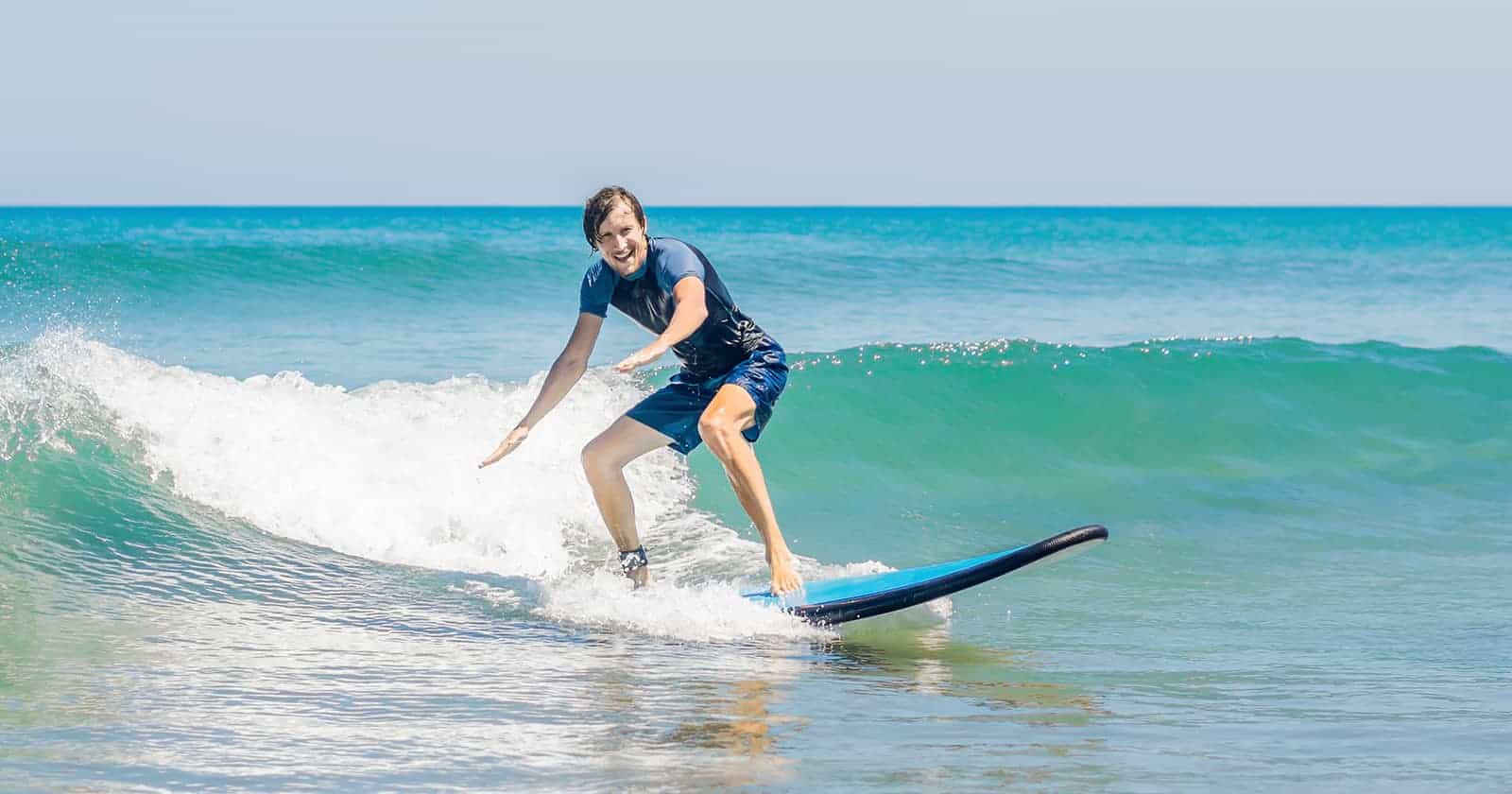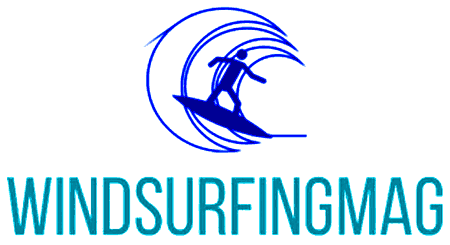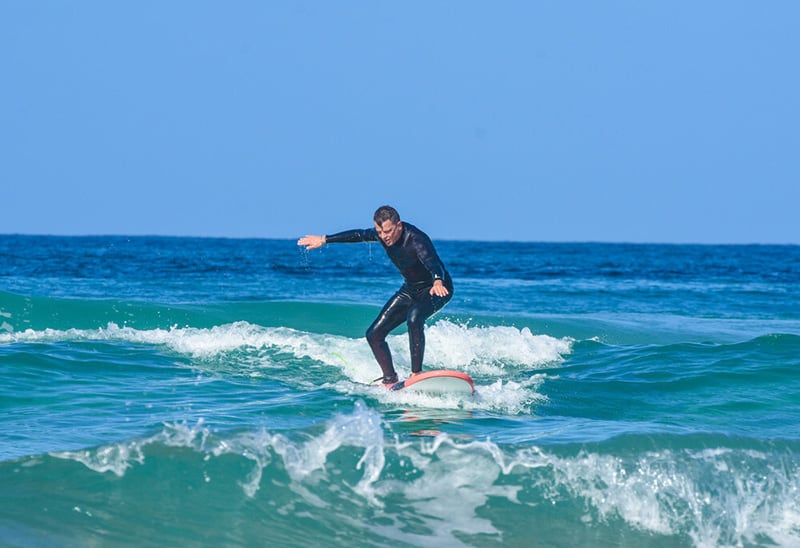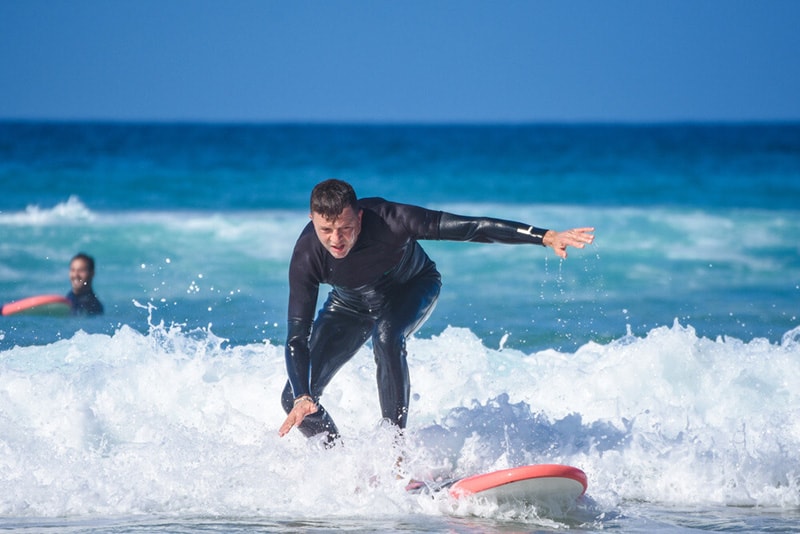Are you interested in surfing? Don’t stay back any longer. It’s a great watersport for anybody. Indeed, it isn’t something you can learn at once.
If you are a beginner surfer and you’re losing interest and morale, you may be missing out on some information. With adequate knowledge, dedication, and practice, you’re definitely going to improve.
To achieve this, I have compiled some important tips for beginner surfers to guide you on what to do before, during, and after surfing. Let’s get started.
Related Reviews:
Table of Contents
What to do Before You Start Surfing

1. Learn How to Swim
A good swimming ability is one of the most important requirements for surfers, hence, consider taking quality swimming lessons. You will be dealing with water here and it is very much possible that you’ll fall into the water.
Since your surfboard isn’t a personal floatation gear, it won’t provide all the safety you need. Therefore, you will be endangering yourself if you cannot swim.
Unlike when swimming in pools, there is nothing to hold on to so you can rest. You will also have to face various wave sizes, depth, and more gallons of water to drink.
However, with a good swimming ability and knowledge of surfing, you’ll be able to cope. Even if your leash got broken or you lost your board, you’ll be able to manage the situation.
2. Acquire the Required Knowledge
Before you head to the beach, you should have adequate knowledge about surfing basics, techniques, and practices. It is not as easy as it looks, hence, these are very important.
Ideally, you should consider having a coach, it can be a sports teacher or an experienced friend. Your coach will be around to protect you and also offer some form of motivation. You may further improve your skill by joining surf camps.
3. Find a Suitable Surf Beach
Location matters a lot when it comes to surfing and, as a beginner, it’s very crucial to your development. Here is why you need a reliable surf watch.
When picking a surf beach, you may consider the distance to your home. You should consider the weather, wave properties, currents, and other characteristics of the water.
You should observe and check the water for the presence of dangerous animals such as urchins, jellyfish, and stingrays. The weather of your location should be friendly, less windy, and shouldn’t be prone to sudden changes.
As a beginner, gentle currents are ideal and maneuverable. Ideally, you should be surfing on small, gentle wave sizes else you will be throw off your surfboard. The location should be free from sharp objects and rockers in case of wipeouts/falls.
4. Get a Good, Suitable Surfboard
A surfboard can prove the difference between a great surfing experience and a bad one. You need to choose the right surfboard shape and size in relation to your body size and weight.
See Also: What Size of Surfboard Do I Need?
Large boards are the best surfboards for beginners. They float more, offer high stability and they can help you catch waves easily. Don’t make the mistake of going for those attractive and portable 6-foot boards as they can prove difficult to ride.
You should be looking to get a board above 7’5” if you weigh 100 pounds and above. If you are more than 150 pounds, simply consider boards that are slightly more or less 8-foot long.
The board should be around 22 to 25 inches wide with a thickness range of 2.5 to 3.5 inches. The fin should either a single large one or the 2+1 setup.
Also, it would make more sense if the surfboard is a foam surfboard since they are gentle on the feet. They also offer more grip and you also get some level of protection during wipeouts.
5. Find a Suitable Wear
What you wear can also contribute to your performance while surfing. There are many things to wear to the beach. Popular ones include board shorts, surfing wetsuits, undergarments, rash guards, gloves, socks, surf booties, and more.
Surfing wetsuits are ideal for swimming in cold water and environments, helping you to conserve body heat. In warm waters or warm conditions, board shorts and rash guards will fit in.
Whatever you want to wear, just make sure they fit the conditions of the water and the environment. Similarly, you should make sure they are comfortable.
6. Consider Safety
In anything you do, consider safety first. One important accessory you should have is a surf leash. If properly used, a surf leash prevents you from losing your surfboard.
By using a leash, you also protect other surfers from injuries and accidents. Your wears can also add more to safety. For instance, you may consider wearing a surfing wetsuit to keep you warm especially during cold periods.
Rash guards will also protect you from chaffing and bruises. Wearing surf booties can protect you from sharp objects and dangerous animals. In addition, you can also apply sunscreen for surfing to protect you from UV rays.
7. Engage in Light Warmup and Fitness Exercises
Warmups are good for surfers! You can perform light exercises to keep your muscles interested in the fun ahead. Some little stretching, jogging, squats, and pushups should do the trick.
Warmups are essential as it helps to decrease muscle and joint stiffness, reduce muscle cramps, and improve respiration and blood circulation.
8. Waxing Your Board Properly
Surf waxes are important if you want to enjoy a good grip on your surfboard while surfing. It is important to get the right one and apply it correctly. There are two types of surf waxes – base and topcoat.
The base coats are applied first, though not always, to help the topcoat fix properly on the surfboard. The topcoat surf waxes are the main, thicker waxes needed to provide the necessary grip. They are categorized based on their temperature tolerance.
- Tropical — 75oF and above
- Warm — 64 – 74oF
- Cool — 58 – 68oF
- Cold — 60oF and below
You need to pick the best surf wax that can tolerate the temperature of the water and your location. For instance, it will make sense to go for a tropical surf wax if you want to surf in hot weather conditions.
You should apply the base wax first before the topcoat. For long boards, you should apply to every part of the deck from nose to tail and rail to rail.
See Also: Surfboard Traction Pads
What to do While in Action
You’ve gotten and done all the necessary things before you head to the beach. Now, there are certain things to understand while surfing. See some of the most important tips below.
1. Start Small
Don’t be a hurry to start riding on big waves! They can be more powerful than you think. You should consider starting small on gentle waves or whitewater. This way, you can get a grip on the surfboard and all the basic techniques you’ve been taught.
You should wait for your coach to give you greenlight for bigger waves. Once you can master paddling easily and stand up on gentle waves or whitewater, you seem ready to go for more wave sizes.
2. Maintain the Proper Posture
Most beginners often find it hard to maintain the proper surfing posture and this can influence your performance. You will need to master the prone position and the right posture to take when riding the waves.
Prior to riding the waves, you should practice the prone position on dry land until you can stay balanced. Never attempt to ride your board on land else you may damage the fin(s) and its bottom.
You should also learn how to sit on the surfboard while in the water to help you master balancing and stability. While riding the waves, you are not expected to bend you back but your knees else you’ll lose balance.
3. Master Popups
Popup is when you switch from the prone to a standing position. Once you can do that properly, there is nothing left to do than riding the waves. However, it is not as easy as it is.
Popups are similar to pushups, hence, you should try that out in dry land and, then, on gentle waves or whitewater. It should be effortless and swift without losing balance.
Grab the rails around your rib area then push yourself against the board. Put your backside in air and get your feet under your body (dominant foot first on the midline). Remember surfboards are more stable when in motion, making it easier to stand up.
4. Avoid Nosediving
Nosediving is common among beginner surfers but it is dangerous. You don’t want to crash in the ocean bottom or some rocks in the water. Even if the ocean is deep, it may not be uniform.
You should keep your eyes on the waves and also the nose of your surfboard. Once you start dipping, just get off on your stomach.
It is important to balance your weight properly on your board. You can get a surfing balance board to help you improve. Also, you can reduce your chances of nosediving if you paddle faster and efficiently.
You should also popup swiftly and without delay. Start in gentle waves – long boards are often less responsive in big waves, therefore, you may fall off.
5. Master Your Paddling
A good paddling technique is required for every surfer. You should spend a lot of time practicing since you will be doing this many times as a surfer. It can be pretty tiring during your first attempts, hence, a warmup session is great.
To paddle efficiently and swiftly, you need to find a good rhythm and maintain it. You should lie correctly on your board. You should be on your stomach and the nose of the board should be above the water by some (2 – 3) inches.
You should not be too far up or down the board else you will be less stable. Your weight should be on your stomach as you lift your legs out of the water whilst keeping them together.
Extend your arm towards the board’s nose, spread your fingers, and pull your arms back till it reaches almost below your board. Alternate your arms and never try the “butterfly stroke” else you get tired and even lose speed.
What really matters most is how powerful and efficient your stroke is. Ideally, you should “start small” on shallow spots (whitewater) and gentle waves.
6. Get Used and Ready for Wipeouts
Wipeouts are a common part of surfing. The waves are desperately trying to kick you off and you will fall many times. How you manage yourself during wipeouts is what matters. You should end up falling safely. You should avoid nosediving.
7. Handling Whitewater (Master Duck-Diving)
When a wave is breaking (whitewater), you should attempt to duck-dive or move over it. Whatever one you’d like to do, make sure you stay perpendicular to it else you may have dragged around until you reach the shore.
To duck-dive, you need to time the approaching wave. Paddle to gain momentum, grip your board firmly on the rails, and push down the nose of your board into the water. Make your board go deeper and submerge yourself swiftly along with it.
When the wave is almost over you, push down the tail of the board to stay fully submerged. When the wave is finally over you, pull up the board and float to the surface.
8. Consider Your Safety and That of Others
You use your leash and avoid nosediving. You always make sure you are in-between your board and the wave to prevent the board from injuring you. Protect other surfers by not throwing your board and pacing yourself.
Maintaining the Right Attitude and Practices
It is very easy to get in the bad books of big dogs (experienced surfers). You may even be called a kook in no time. Surfing is a culture on its own, hence, there are surfing etiquettes. Asides this, you need to concentrate on your mental and physical well-being too.
1. Don’t Be Afraid and Have Fun
Don’t be afraid. Don’t get frustrated when you find it difficult especially when you wipe out. Have a coach to teach and motivate you. Remember, it’s all for fun.
2. Respect Other Surfers
Respect everyone on the beach, especially the experienced surfers or you will be called a kook. Avoid snaking or dropping in on someone. It is best to stay alone, of course, with someone watching than making dangerous mistakes among other surfers.
3. Have Enough Rest, Maintain a Healthy Diet and Stay Hydrated
Rest prior to surfing and after surfing. If you start feeling tired, thirsty, hunger, or bored, you should stop surfing immediately. You can always continue at any time. Eat healthy foods, fewer junks, and stay hydrated at all times.
FAQs
It’s possible that you’ve skipped some cogent points in the article or you’ve come here seeking answers. Therefore, I’ve compiled some frequently asked questions to help clear your mind.
Can a beginner surfer use a Shortboard?
Yes, you can. However, Shortboards have significantly lower stability than longboards. Therefore, it will take you more time to improve whilst still spending more effort.
How to progress from a beginner surfer?
You need to get everything right if you are to progress as a surfer.
You need to start from selecting the right board and gears, visit the right location, and then acquire the needed skill and tips.
Then you should focus on practicing regularly and maintaining a healthy lifestyle and good mental and physical well-being.
Conclusion
Surfing is interesting and looks simple sometimes. However, you don’t have adequate knowledge about it, you might end up doing a lot of things wrongly.
There are many tips for beginner surfers, however, I have compiled to very important ones here. By now, you should be able to make the necessary corrections.
You should know what to before, during, and after surfing. Also, if you’re staying back from surfing due to fear, you should be foster enough motivation to get started.
Do you have any questions, suggestions, or comments? Please share them with other readers in the comments section.
You can also share these tips for beginner surfers to your friends on Twitter, Facebook, and any of the social media platforms listed below.
Related Articles:


